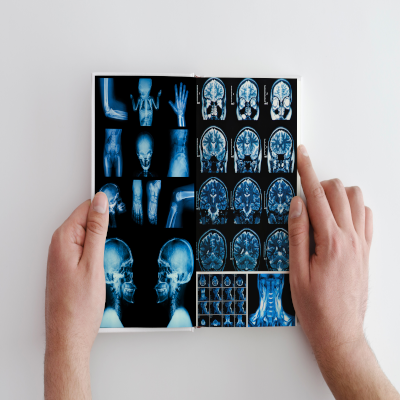SNOMED CT releases updates for their international edition twice a year on January 31st and July 31st. With each release, a new version of the SNOMED CT Editorial Guide is also published, providing users with the latest information necessary to define and create concepts according to the SNOMED CT concept model. While primarily used for those who model SNOMED concepts for the international release, those with existing or newly created local extensions may find the guideline useful for defining concepts according to the SNOMED CT concept model and current best practices. 
One of the updates included in the January 2021 release that we’d like to highlight is the definitional changes to “traumatic injuries”. Historically, traumatic injuries have been defined using the definitional attribute 19130008 |Traumatic abnormality (morphologic abnormality) for the associated morphology attribute of a concept within the finding and/or disorder hierarchy. Over time this proved to be a challenging method for defining the etiology of an injury as more concepts required a way to represent traumatic, non-traumatic, or undetermined causation in relation to the injury itself.
Concepts that do NOT specify “trauma” are now modeled with the 37782003 |Damage (morphologic abnormality) and are not necessarily assigned a Due to (attribute) of 773760007 |Traumatic event (event) unless the damage morphology can only occur due to trauma. This was done in order to separate the mechanism of injury (e.g. trauma) from the resulting outcome (e.g. damage) and has led to the inactivation of the associated morphology 19130008 |Traumatic abnormality (morphologic abnormality). By doing so, traumatic injuries are now being modeled as damage (or a specific type of damage) to a body structure due to a traumatic event, whereas non-traumatic injuries are modeled as damage (or a specific type of damage) to a body structure, excluding the
Due to (attribute) relationship to 773760007 |Traumatic event (event).
So, who will be affected by these changes and why does this matter? SNOMED CT users who create new content in local, national, or international extensions will need to utilize this new structure to correctly define concepts according to the SNOMED CT concept model. By following this model, users will be better able to disambiguate concepts with traumatic, non-traumatic, and undetermined causation. In addition, users who leverage relational groups and definitional attributes for defining value sets, concept models, and information models of SNOMED CT concepts will need to be cognizant of this change. As the definition of a concept or the pieces of a concept evolve, users may recognize semantic drift in a concept’s meaning, possibly altering the intention of a concept and the outcome it’s being used for.
Please contact us if you have questions or suggestions for future topics of discussion, or for help implementing or mapping to standard terminologies.

